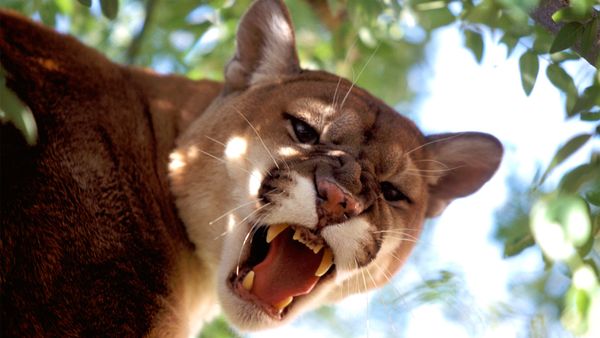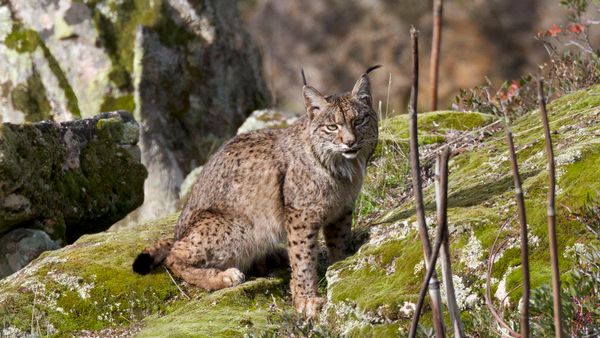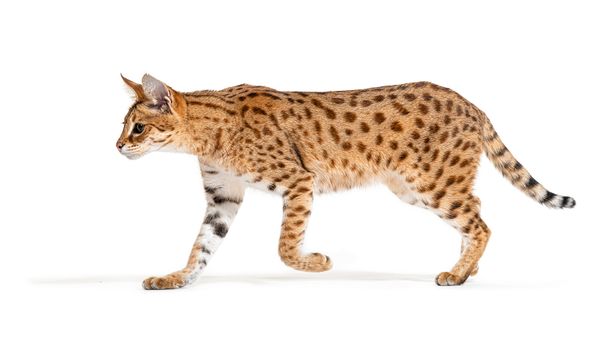
Taking its rightful place alongside some of the many other adorable and cuddly species in the animal kingdom — think the koala, panda, polar fox, meerkat and many more — is the rusty-spotted cat (Prionailurus rubiginosus), which just happens to be known as the world's smallest wild cat.
"It competes for the title with the black-footed cat and kodkod," Nicole Ellis, a certified professional dog trainer with Rover, says in an email interview. Ellis has has worked with everything from bears and tigers and horses to cats and dogs for more than 15 years. "Nicknamed 'the hummingbird of the cat family,' this kitten-looking feline can fit in the palm of your hand."
Advertisement


